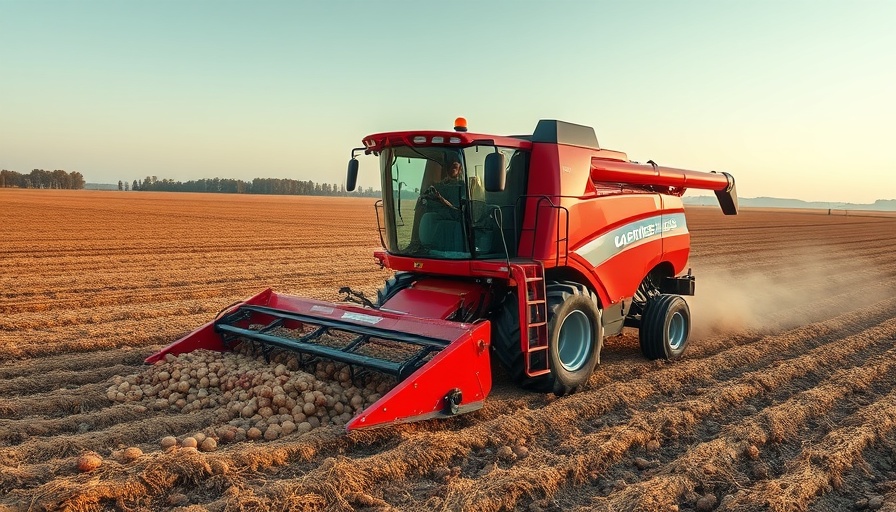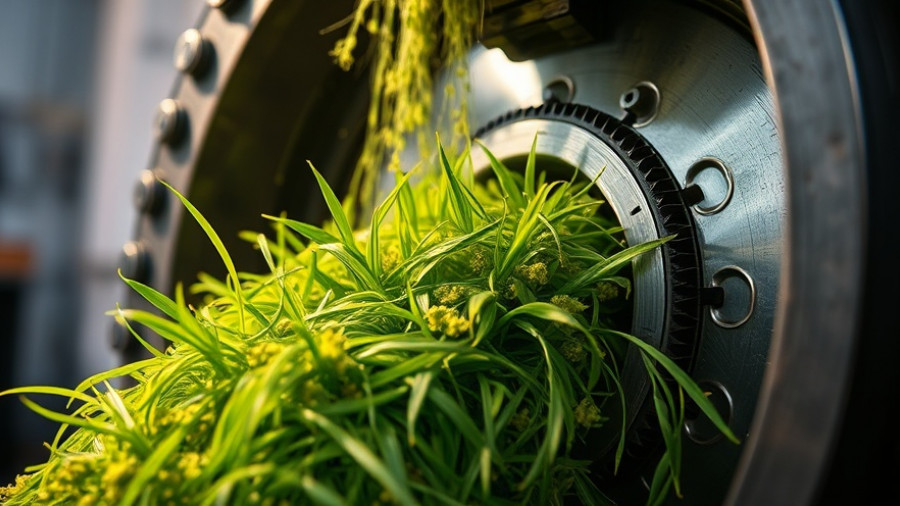
The Early Harvest: What It Means for Farmers
This year, the harvest of seed potatoes in Eastern Netherlands has commenced three weeks ahead of average schedules. At Hulshoff Landbouw in Groenlo, the first potatoes were dug up last week, and soon after, operations kicked back into gear. This early start could signify favorable conditions leading to better harvest outcomes.
Optimized Harvesting Conditions Enhance Yields
According to farmer Derck Hulshoff, recent weather conditions have played a crucial role in setting the stage for this year’s harvest. With soft sandy soil and minimal dust, the harvesting process has been safe and efficient. He notes that the harvesting speed has ranged between 4 to 7 kilometers per hour, depending on conditions.
Quality vs. Size: A Double-Edged Sword
Despite the satisfactory quality of the crops, some potatoes are indeed oversized, which presents challenges. Anything below the 55-millimeter size threshold ends up being categorized as consumption potatoes rather than seed stock. This fine balance between quality and size has farmers strategizing on what to do with the extra-large potatoes.
Climate and Farming: Insights from the Season
Reflecting on the growth season, Hulshoff remarked, "This year has been much easier compared to last year." With efficient irrigation practices observed in the Achterhoek region, water shortages seemed less prevalent. Farmers like Hulshoff have found this season's absence of significant diseases like Phytophthora especially refreshing, allowing for smoother operations.
Future Predictions: Trends in Seed Potato Production
As the early harvest raises hopes for increased yields, what does the future hold? Analysts suggest that with technology and efficient agricultural practices, this positive trend might continue, leading to sustainable farming methods and robust crop production rates, which could set new standards in the industry.
Local Impact: Understanding the Market Dynamics
Growing interest in local agricultural outputs is reshaping market dynamics. With farms like Hulshoff managing 700 hectares of potatoes—550 of which are specifically for seeds—there’s a pronounced focus on enhancing local food production systems that feed into both local and international markets. The shift towards sustainable agriculture has never felt more pivotal.
Decisions for Farmers: Making the Most of Early Harvests
Farmers must consider strategies to maximize their output during these unique harvesting windows. It may involve examining crop management practices, market strategies to sell the oversized goods, and assessing the latest agricultural technologies that promote crop growth.
As agricultural practices evolve, it is crucial for farmers to stay informed and agile in their response to changing conditions—and this season offers a significant case study.
 Rij toevoegen
Rij toevoegen






Write A Comment